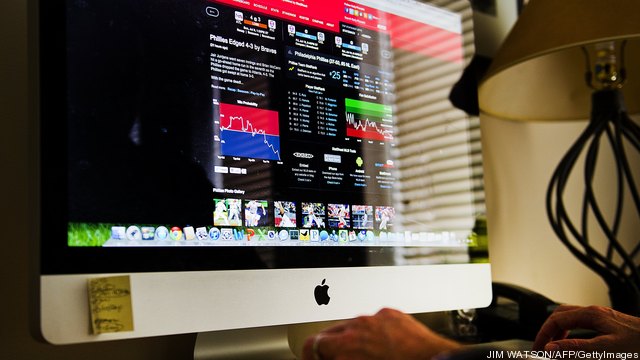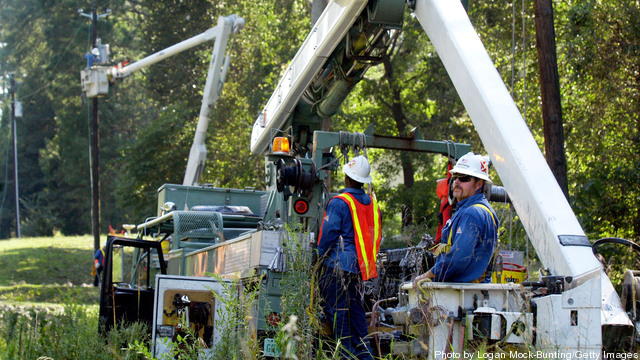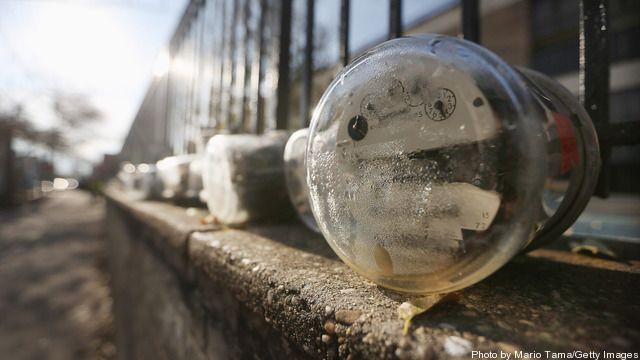
The utility industry wanted more data, and now it’s available in quantities that may not have been foreseen. What are the best ways of managing all that data, interpreting it and getting the most value? Smart grid professionals offered thoughts on how to do it right and get the business intelligence to succeed in the next decade. Jeremy Eaton, Honeywell Smart Grid Solutions VP and general manager, provided a succinct summary of the issue: “In recent years, Honeywell has seen the widespread deployment of smart meters and a corresponding increase in access to granular energy use data. At the same time, the majority of homes and businesses in the United States (and beyond) have Wi-Fi connections, and want remote access to information through smartphones and other mobile devices. As a result, smart grid deployments will need to be tightly integrated as utilities look for combined hardware and software solutions that deliver energy data – and coaching – in a seamless manner.”
Smart Grid
Sign up and get Breaking Energy news in your inbox.
We will never sell or share your information without your consent. See our privacy policy.
In the past year, the grid has seen some remarkable highs, while also being tested to meet the basic needs of society.
On one hand, big advances have flourished, fundamentally changing the way we power our lives. Roof-mounted solar panels have gone from a costly oddity to a competitive selling point for many homes. Battery-powered vehicles have gained traction – once a car-show phenomenon, plug-in cars are now a fast growing segment. On the other hand, the idea of progress has been challenged by a slew of weather woes that have shaken consumer confidence in our energy infrastructure. A series of intense storms, heat waves, and drought combined to make 2012 one of the toughest years globally for the grid in many years. Keep reading →

The bad news – there are big, big challenges looming for the electric utility industry. The good news – agencies and regulators are increasingly aware of these painful truths and, therefore, increasingly willing to discuss solutions. That was the message from Federal Energy Regulatory Commission Chairman Jon Wellinghoff during a briefing on Capitol Hill this week.
1. Falling load growth. Wellinghoff cited a recent study from the Brattle Group that confirms a 30-year trend of falling growth in energy usage. Today, the average growth is roughly 1% per year, down from the 5-10% common in the middle of the last century. And no, today’s anemic growth is not due just to the recession. It is an unstoppable result of our march to energy efficiency, as evidenced by LED lights, Net Zero buildings, variable speed motors, and more. Keep reading →

The municipal and cooperative power companies that make up the country’s public power utilities have a completely different set of concerns and priorities than their IOU cousins. A Users Conference Survey conducted with utility customers of smart grid communications company Tantalus found that their focus and investment priorities for 2013 are the new technologies that will ensure low electricity costs for ratepayers.
Tantalus CEO Eric Murray commented “This survey demonstrates what we already know from our experience working with public power utilities for more than a decade – that they are dedicated first and foremost to serving their customers with reliable, cost-effective power. By adopting energy saving applications that keep rates down, utilities not only show their commitment to their customers, but they also invest in a cleaner, smarter grid.” Keep reading →

Some US utilities could have weathered Hurricane Sandy better than they did if they had invested in smart grid improvements such as smart-metering, outage management, and distribution management systems, a senior GE official said.
John McDonald, Director of Technical Strategy and Policy Development for GE Digital Energy, said utilities that have not yet installed the technology would have known about outages more quickly, been able to swiftly identify their locations, and been able to assign repair crews more efficiently if they had the enhancements in place. Keep reading →

A recent report from the National Institute for Science, Law & Public Policy came with a provocative press release title: “Smart Grid Funding Misspent on Obsolete Technologies.” The press release got plenty of attention from the utility and smart grid news circles, but it’s tough to tell if any of those actually read the report, “Getting Smarter About the Smart Grid,” written by Timothy Schoechle, a consultant in computer engineering and standardization and former faculty member of the University of Colorado’s College of Engineering and Applied Science. The report primarily takes aim at smart meters, which got the lion share of stimulus funding. Schoechle raises many questions and concerns that many others in the industry have identified, including the value of smart meters (although he also does not acknowledge their value when connected to more end-to-end smart grid projects, as many others do); the question of data privacy; and the issue of whether the meters, in and of themselves, will save consumers money.

The Berlin-based Heinrich Böll Foundation, a think tank close to Germany’s Greens, argues that Germany could – with the right policies – go 100% renewable by 2050, even as it phases out nuclear power and sticks to EU carbon emission limits.
Germany’s current target, embraced by the Merkel administration, is 80% clean energy by mid-century. Keep reading →

Hurricane Sandy left over eight million people along the East Coast without power. More than a week later, nearly two million are still in the dark. With a warming planet, it’s likely there will be more Sandy-strength storms in the years to come. At a press conference last week, New York Gov. Andrew Cuomo said the city needs to “not only rebuild, but rebuild stronger and smarter.”
So how should the nation prepare? Weather isn’t the only reason to update the grid. Power outages cost the nation between $80 billion and $180 billion each year, according to research by Massoud Amin, a senior member of Institute for Electrical and Electronics Engineers. And they’re getting worse. The number of major outages has doubled in the last 10 years.
 Economists at the National Economists Conference in February 2012.
Economists at the National Economists Conference in February 2012.
Every attendee at the USAEE/IAEE conference this week has something important to add, from the university students giving their first professional presentations and preparing to enter a rapidly expanding industry to the former ambassadors and corporate chiefs gathered to headline sessions and lunches at the event Austin. Keep reading →

Energy Sector Disruption: Three Political Lessons from 2012
By Peter GardettWorking in the energy sector is an inherently political activity. I once sat opposite a friend of a friend at lunch, and when she found out that I covered the energy business and then quizzed me on the industry’s practices, asked if I found people often wanted to hit me. I don’t find that, but the way a modern economy depends on the energy business means that everyone – along the entire spectrum of beliefs – also has opinions about its politics in ways that don’t necessarily reflect a subtle, shifting, complex reality.
Over the course of 2012, we’ve been focusing on the issues at play in energy politics, and have gathered them together in a special hub that can be found on Breaking Energy here. Keep reading →